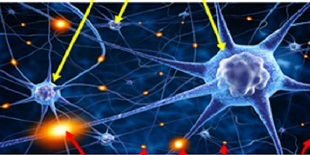Jerusalem, Israel | Xinhua | Stem cell researchers created artificial models of human embryos and successfully grew them outside the womb up to day 14, the Weizmann Institute of Science (WIS) in central Israel said in a statement on Wednesday.
In a new study published in the journal Science, the researchers created artificial stem cell embryo models that accurately mimic all the essential features and components of this developmental stage, including the placenta, yolk sac, chorionic sac, and assorted external tissues essential for facilitating dynamic and healthy growth.
Due to their genuine complexity, the human embryo models created by the WIS team could offer an unprecedented opportunity to gain fresh insights into the beginnings of embryos, according to the statement.
WIS scientist Jacob Hanna, who headed the study, said that the new models could be used to reveal the signals that ensure proper development at this early stage and thus prevent birth defects.
The new approach also might help reveal the causes of many types of infertility, lead to new technologies for growing transplant tissues and organs, and offer experiments that cannot be performed on live embryos, like testing effects of drug exposure on fetal development, WIS noted.
Instead of employing fertilized eggs or a uterus, the scientists initiated the process with pluripotent stem cells of human origin, reprogrammed by the team, so they could become any type of cell.
The scientists divided the stem cells into three groups. The first, from which the embryo developed, remained unchanged, while the other two groups were treated with chemicals to increase the expression of genes necessary for the creation of three types of extraembryonic tissues that support embryo development.
Later, cells from the three groups were mixed under unique conditions and developed into cell aggregates, which grew outside the womb until day 14.


